8.4 /10 1 Votes
8.4/10 IGN | 83% Metacritic Initial release date 25 November 2002 Mode Single-player video game | |||||||||||||||||||||||||||||||||
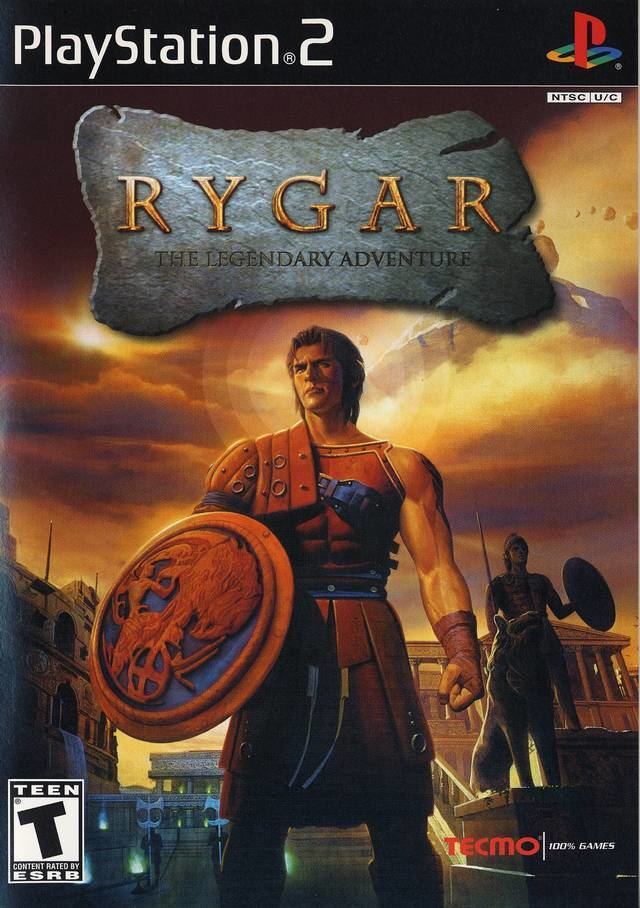 | ||||||||||||||||||||||||||||||||||
Composer(s) Hiroaki TakahashiTakayasu SodeokaRiichiro Kuwabara Publishers Tecmo, Koei Tecmo, Wanadoo Edition Similar Tecmo games, Action-adventure games | ||||||||||||||||||||||||||||||||||
Rygar the legendary adventure part 1 hd
Rygar: The Legendary Adventure, released in Japan as Argus no Senshi (アルゴスの戦士), is a console game for the PlayStation 2 first released in November 2002. It is based on the original Rygar released for arcade machines and various computers and consoles. The new features are a transition to 3D graphics and portions of the environment are destructible. It was released to generally positive reviews. The game is inspired by Greek and Roman mythology and has many enemies and worlds named after them.
Contents
- Rygar the legendary adventure part 1 hd
- Replay rygar the legendary adventure
- Gameplay
- The Diskarmor
- Plot
- Setting
- Characters
- Music
- Development
- Reception
- References
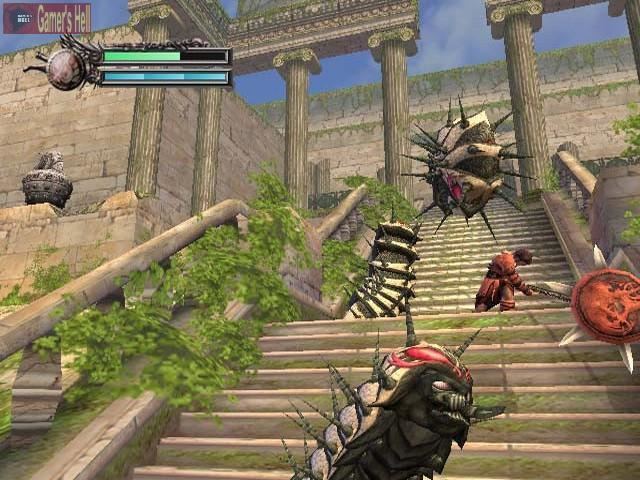
The game was ported to the Wii in 2008, as Rygar: The Battle of Argus, released in Japan as Argus no Senshi: Muscle Impact (アルゴスの戦士 マッスルインパクト).
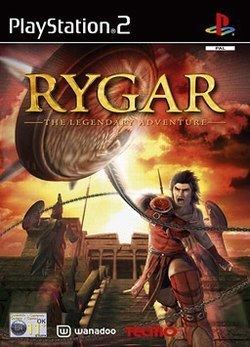
Replay rygar the legendary adventure
Gameplay
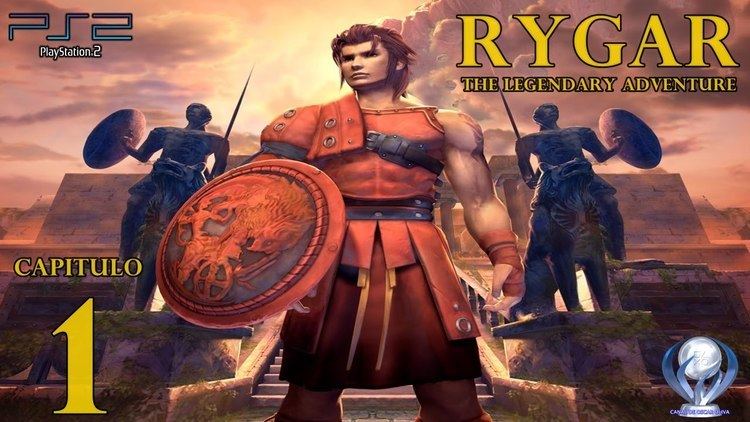
In Rygar: The Legendary Adventure, the player traverses the landscape armed with the Diskarmor, defeating enemies, collecting power-ups, and so forth. The camera is fixed in one location, but rotates when the player moves around accordingly. The game has many unlockable features, like picture and movie galleries. Completing the game and meeting certain requirements enables the use of a number of special Diskarmors as well as allowing the player to select any level.
The Diskarmor
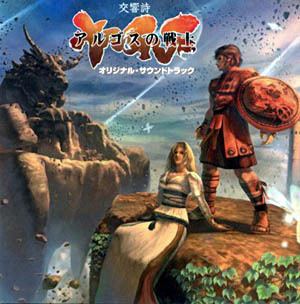
As mentioned above, the Diskarmor is a shield that is the main focus of gameplay. The player can equip special stones found throughout the game to increase its power and so forth. Also, abilities can be found that add other functions to the Diskarmor, such as a grapple ability that allows the player to swing between specially marked icons and pull themselves up to otherwise unreachable areas.
There are three types of Diskarmor acquired in the game, each with their own summon ability:
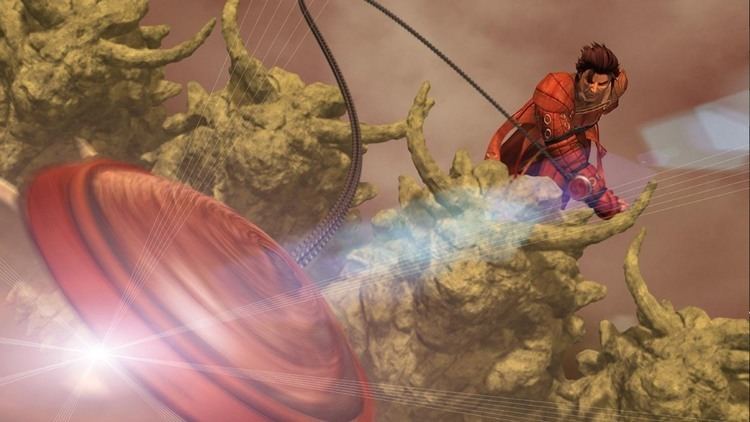
Plot
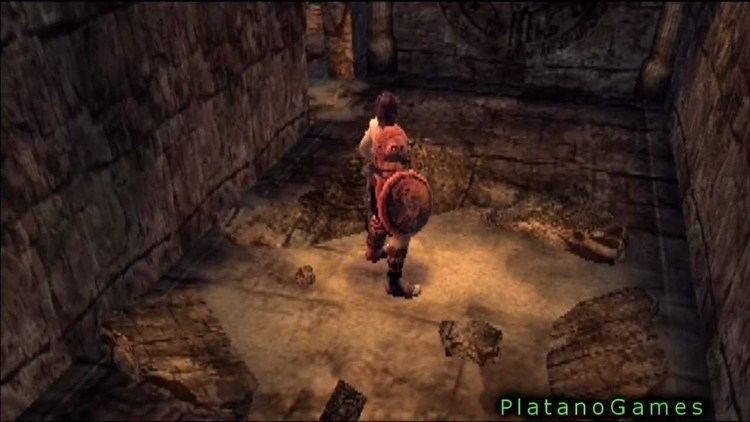
Rygar: The Legendary Adventure takes place on an island in the Mediterranean Sea called Argus. Rygar is about to receive a wreath from Princess Harmonia in a ceremony for a victorious naval battle, when Titans suddenly attack led by Echidna. After she and Icarus capture Harmonia, Echidna has the Minotaur dispose of Rygar with a pit torn open in the ground. Surviving the encounter, Rygar finds the Diskarmor, a legendary shield of the gods and is given task to stop the Titans in order to rescue Harmonia and bring peace to Argus.
Setting
The environment combines elements of the Mediterranean.
Characters
Music
The music from the game was composed by Takayasu Sodeoka, Riichiro Kuwabara, and Hiroaki Takahashi. The soundtrack for the game includes 27 tracks, including the main theme "Wish," performed by opera singer Isobel Cooper (Izzy). The song was also available on CD single format, coupled with the karaoke version.
Development
Actual remains from ancient Greece and the Roman Empire were used as a reference to help design the world. At the start of production, in-house staff members traveled to Greece to look at subject matter. Photographs were taken to help create textures. 3ds Max was used to develop the stages and character models. The character models were then converted into Tecmo's original format and imported into Softimage 3D to animate them. Model textures were edited in Photoshop. The opening movie began production before the game sections.
The Wii version was first announced as "Tecmo New Style Action Game" in Famitsu and later as Project Rygar on May 11 at the "Tecmo's Nite Out 07" event.
Reception
The initial release of the game on PlayStation 2 was met with very positive reception. GameRankings and Metacritic gave it a score of 82.27% and 83 out of 100. In Japan, Famitsu gave the PS2 version a score of 31 out of 40.
However, Wii version of the game, released 6 years later, received average reception, scoring 55.97% and 52 out of 100 on GameRankings and Metacritic. It received a score of 1 out of 5 stars by G4 and won Worst Remake in 2009.
